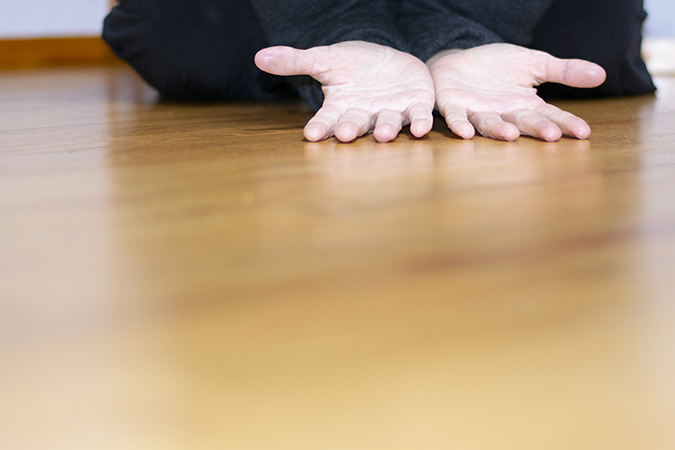Today, I went to a lovely somatic healer. Afterwards, when I had found pliability and balance, she said: When we began, it felt like your body was like this. She stretched her face as though to scream, arched her back, and tensed her hands. At my place in Seattle, we are fighting actual rats. Yes, inside, I had been screaming.
Many of us are walking around in metaphorical fists, and we aren’t aware of it. And even if/when we do know, we might not be sure how to address it—we don’t yet have the power to choose.
Try this: Make a fist, holding it maybe just a moment, and then relax your fist. It takes a little while to soften, and to settle. Even then, your hand may not be totally without work.
If your hand is in a fist, it isn’t immediately available to do anything else. Many of us are walking around so tense, we aren’t aware of how “on” we are. No wonder we are tired. We’ve lost the off button. A well-toned muscle needs to be able to be on and off, so that when it is needed, it can be turned on, and when it isn’t needed, you are not spending our resources keeping a light on for no reason.
In yoga, we often talk about meeting ourselves on the mat as we are, with acceptance for our bodies (ourselves), emotions, and sensations as they are. Sometimes, it feels like we say that, but then we push to meet some goal, to change ourselves. We reject where we are, how we are, and move towards something we have decided is better. We judge ourselves. We use our tense fist to try to knock down some inner wall; we get in a fight with the truth.
Yet, paradoxically, knowing and accepting, without trying to change, is necessary in order to make change possible. It requires the act of witnessing. Witnessing is a process of passive curiosity and awareness. Witnessing movement is a more active form of investigation.
Both Restorative Yoga and The Feldenkrais Method of Somatic Education® are opportunities to use witnessing to create inner maps. They help us learn about how we truly are. These practices are ways to have deep internal conversations rooted in compassion and honesty. They are meditations that honor my whole self, that teach me to meet myself with neutrality.
I identify my habits of mind, action, and reaction that continue to keep me tight like a fist. And because I know the difference between on and off, I have the ability to choose.
The fist is an important and powerful tool. It was necessary, or at least made sense, in the moment I made it. And, when I don’t need this tool, I am learning to set it down.
This work of taking the time to do this practice of softening is deeply profound. It is a practice of being embodied (and learning to be embodied) mindfully, gently, without agenda, judgment, fear. It is about creating through our breath, through our inquisitiveness care for ourselves, our own experience of what it means to be.
Try this: Sitting or lying anywhere,
- Rest the back of your hands on your thighs or on the earth.
- Sense how you feel, throughout your system.
- Begin to open your hand like a starfish, and then close them into a soft fist.
- As you settle, begin to coordinate your in-breath with the opening of your hand, and your exhale with the closing of your hand.
- Make the movement smaller, and smaller, until you barely open your hand (still coordinated with your breath), and barely close your fingers.
- Find the place where you are neither open, nor closed.
- How do you feel? Sense the changes throughout your whole system.
Restorative Yoga classes and Awareness Through Movement® (Feldenkrais) classes are offered throughout Seattle with many beautiful teachers! I highly recommend exploring these subtle practices.












Read 0 comments and reply